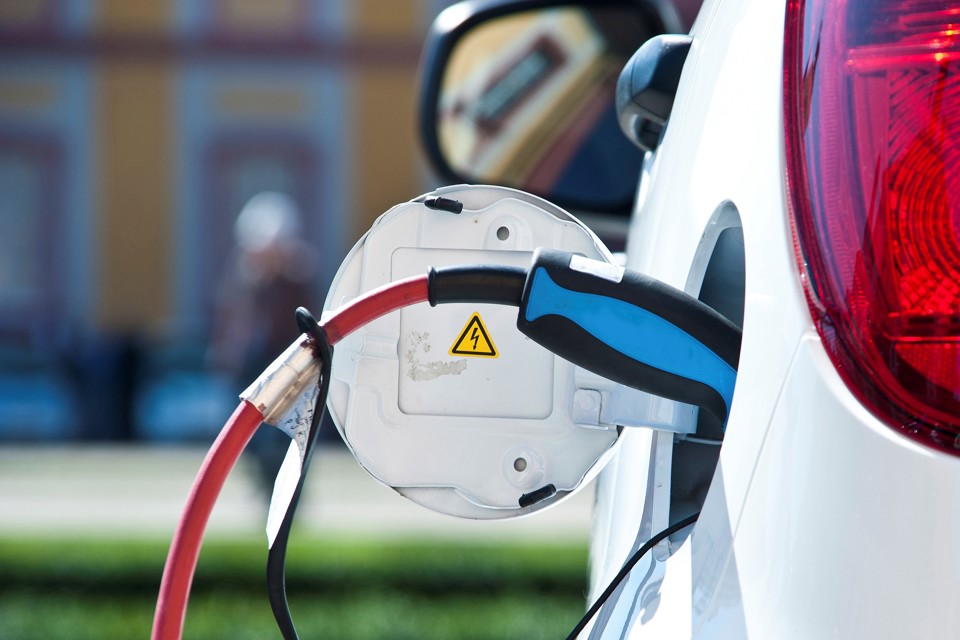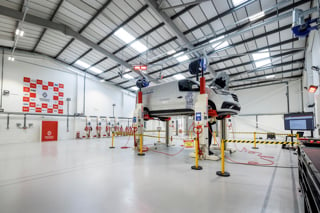The number one question fleets are asking is how they can best introduce electric vehicles (EVs).
It seems only a short time ago that a fleet manager would have been told by their business to adopt EVs as soon as possible, take the lowest cost option they could find, but do not worry too much about actually using these vehicles – make the business look good and ahead of the rest.
Many companies would have a couple of EVs, one charging point at the office and little else.
It was all about brand perception, a PR exercise by an early adopter.
In 2019, life has fundamentally changed. A fleet manager, when starting this journey into reducing corporate carbon, embracing ultra-low emitting vehicles (ULEVs) and driving change, has only one start point: a mechanism to understand their fleet and its electric capability, i.e. how to maximise electric powertrains in their fleet.
Data collection is essential to develop a full strategy that delivers results. The good news is most of this, especially the important elements, should be easy to obtain and freely available.
So, what types of data should be collected to support fleet policy?
In our view, best practice consists of:
Trips – business, commuting and magnitude of private mileage
This is fundamental. Having an understanding of commute distances and business trips give you the ability to calculate which employees or job functions could go into either a plug-in hybrid (PHEV) or, preferably, a pure electric vehicle. By doing this exercise across your fleet, you have then calculated the electrification potential – i.e. how many vehicles based on business and commute usage could go into alternative lower carbon powertrains.
Usage – why am I using vehicles in my fleet (perk v need)?
Having a detailed understanding of why vehicles are being used within your organisation is important. Splitting these between the workhorses of the business and those that are given to employees as a perk of their job then gives you the characteristics of the fleet.
The lowest carbon mile is the one never driven, so thought can be given here in the two (or more) separate segments about how to drive down distances travelled.
Asset deployment – what assets do I have and where are they?
Asset numbers and location are also important to have a grip of. An understanding of where vehicles are stored overnight will help to work out how vehicles can be charged to ensure optimal usage – of course this can be in the depot or office, at home or on the electric highway (with the UK charge point infrastructure).
Knowing this helps to ensure the deployment will work and the vehicles can be adequately charged. The breaks in usage of the vehicle are also an element of useful information as these can be used to review if a charge can happen in time before another journey is required.
Employee understanding – where do they live? is an EV viable for them?
An understanding of rural versus urban usage is important. Differing strategies will need to be deployed for an employee who lives in London compared with one who lives in a rural setting.
Of course, so is whether the employee can charge the vehicle at home – can you support them with their home charging needs but also do they have a driveway to be able to deploy a home charging unit?
This is simple data collection, but reviewing these elements will help support a business case about how any ULEV deployment could work and the potential (numbers) it could impact.
Of course, a fleet manager also needs to be aware of the human element and the company culture – if the company is actually keen on deploying this type of shift within its business. Most will be, but do not take this for granted as a cost-saving agenda and adoption of EVs does not always go hand-in-hand at the outset, so also check the wholelife cost calculations.
In truth, the best a fleet can presently do is push for a blended powertrain strategy. It would need a unique set of circumstances for a fleet to be capable of moving to 100% electric straight away.
Within the planning, it is important to remember that diesel and petrol are not the enemy and the internal combustion engine vehicles will continue to be important within the spine of the fleet for many years. However, you need to start a journey of change now with EVs and the adoption of electrification, or risk being left behind.
Paul Hollick is ICFM chairman.
Top tips for an EV action plan
Work out the right vehicle per role per employee and then focus on optimising electric in the right areas. Use your data to discover the employees that could go into an EV based on the trips. Overlay this with the employee information to ensure they have the capability to charge the vehicle.
Have a ‘why not?’ attitude to the project. Don’t look for barriers and obstacles, instead look for opportunities and creative
solutions to support adoption.
Support and coach employees on the full product capabilities. Encourage employees to get on board and let them know they have your support if there are
any challenges.
Develop employee tools and services. Employees need to be aware of how the vehicles are required to work. Ensure they can charge the vehicles and they have other tools available, such as offering them charging cards to charge when away from home and the office.
Get employees who are currently in petrol and diesel vehicles to trial a PHEV/EV. Touching the product can be really helpful for engagement and this can be easily done with the use of rental vehicles or having an EV pool vehicle at the office.
Focus on home and office charging capabilities. Ensure the infrastructure that is in place can support your drivers adequately. If not, change it.
Monitor the usage by employee, ensuring everything is on track and working well. When done badly, a PHEV is never charged and pure EVs are sat in car parks. When a full data-based EV project is deployed, all objectives should be achieved.
ICFM Training and Education Diary
5 February, M3 Acquisition & Law, SG Fleet, Solihull
6 February, M3 Acquisition & Law, SG Fleet, Solihull
7 February, M3 Acquisition & Law, SG Fleet, Solihull
26 February, M2 Admin & Finance, Jaama, Tamworth
27 February, M2 Admin & Finance, Jaama, Tamworth
28 February, M2 Admin & Finance, Jaama, Tamworth
5 March, D3 Diploma Acquisition & Disposal, YAS, Wakefield
6 March, D3 Diploma Acquisition & Disposal, YAS, Wakefield
7 March, D2 Project Presentations, YAS, Wakefield
14 May, M3 Acquisition & Law, Jaama, Tamworth
15 May, M3 Acquisition & Law, Jaama, Tamworth
16 May, M3 Acquisition & Law, Jaama, Tamworth


















Login to comment
Comments
No comments have been made yet.